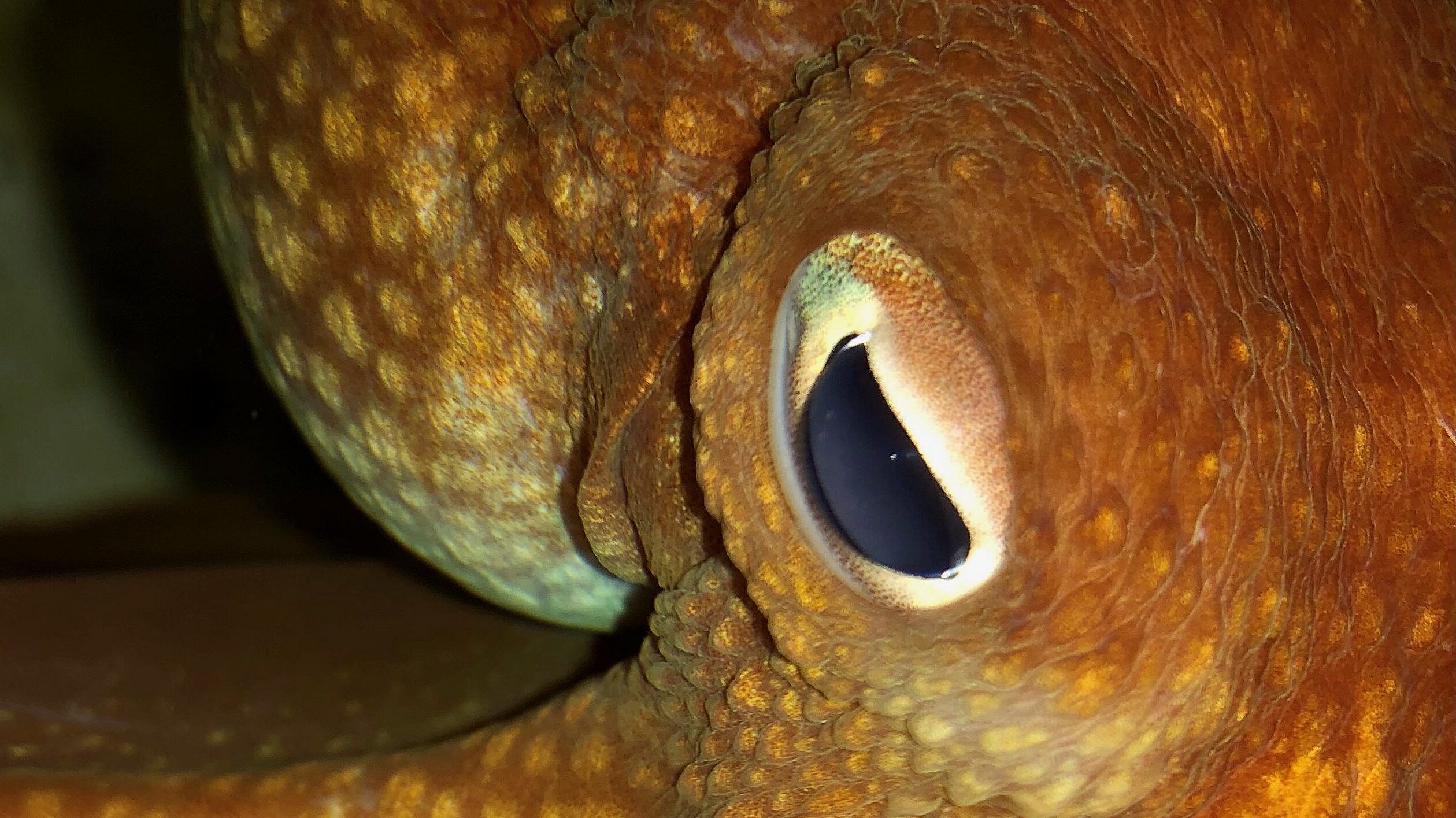Meanwhile, it is good to clarify the name of the animal: octopus is often called “octopus”. Wrong. In zoology, the correct term is octopus, i polyps instead, they are aquatic animals (or a life stage thereof) belonging to the phylum of the Cnidarians, the group of jellyfish, so to speak. All the more reason not to confuse octopuses in medicine with polyps, which are abnormal tissue growths, usually intestine, uterus and so on.
That said, it might be hard to believe that mysterious sea creatures that are completely different in physical structure and environment share functional traits with us, but they do. The study researchers”Cell types and molecular architecture of the visual system of Octopus bimaculoidespublished in the journal Current Biology, have painstakingly reviewed the optical lobe (portion of brain tissue of some invertebrates and non-mammal vertebrates, which controls the organs of vision) of the octopus, cell by cell, to understand how these animals see.
The data shows a number of notable ones agreements with humans, as well as important differences. Octopuses don’t look much like humans, but their brains’ optic lobes look a lot like ours, according to new research. These discoveries show how similar very different animals or parts of their bodies can look, through the seemingly random process ofconvergent evolution. To give an idea of the similarities described, humans and octopuses come from lineages that diverged more than 500 million years ago. That said, our vision and that of octopuses have evolved to solve the same problem in incredibly similar ways, despite different environments, general body structure and lifestyles.
Soft-bodied cephalopods have the largest brain of any other invertebrate. About two-thirds of the gray matter volume is reserved for visual processing. This allows them to have excellent vision even in low light conditions. Octopuses even use their skin to transmit data to their eye lobes: the epidermis consists of the same pigmented cells as the retina. These cells sense their environment and help the animal to blend in better. The research work is the first to map the octopus’s visual system in detail, which is no easy task as it involved the analysis of more than 26,000 cells. Study data were collected during the dissection of two juvenile California two-headed octopuses (Octopus bimaculoides).
Sensitive as octopuses

Scientists identified four major cell populations in the dissected brain, each of which produces and releases a chemical signal in the form of: dopamine, acetylcholine, glutamine, or a mixture of dopamine and glutamine. As we know, this one itself neurotransmitters they also play an important role in the vertebrate brain.
It has also been discovered that there is a group of cells (grouped to form a ring) around the optic lobe of octopuses that Octopamine. Octopamine has a structure similar to that of noradrenaline, a hormone present in our body that is released both as a hormone and classified as a neurotransmitter. You may have heard of it because it is known as stress hormone. In addition, together with adrenaline, it causes the fight-flight response (the fight or flight response) and determines the increase in heart rate, the release of energy in the form of glucose and the resulting increase in muscle tone. The octopus’s visual system is layered, the team explains. Ours is also layered, but the animal’s visual system uses a fundamentally different architecture and a diversity of different cell types. Although neurons are arranged differently and use different neurotransmitters than ours, they probably use the same model of functioning as neurons in the human visual system. Who would have thought that.
Source: Lega Nerd
I am Bret Jackson, a professional journalist and author for Gadget Onus, where I specialize in writing about the gaming industry. With over 6 years of experience in my field, I have built up an extensive portfolio that ranges from reviews to interviews with top figures within the industry. My work has been featured on various news sites, providing readers with insightful analysis regarding the current state of gaming culture.













